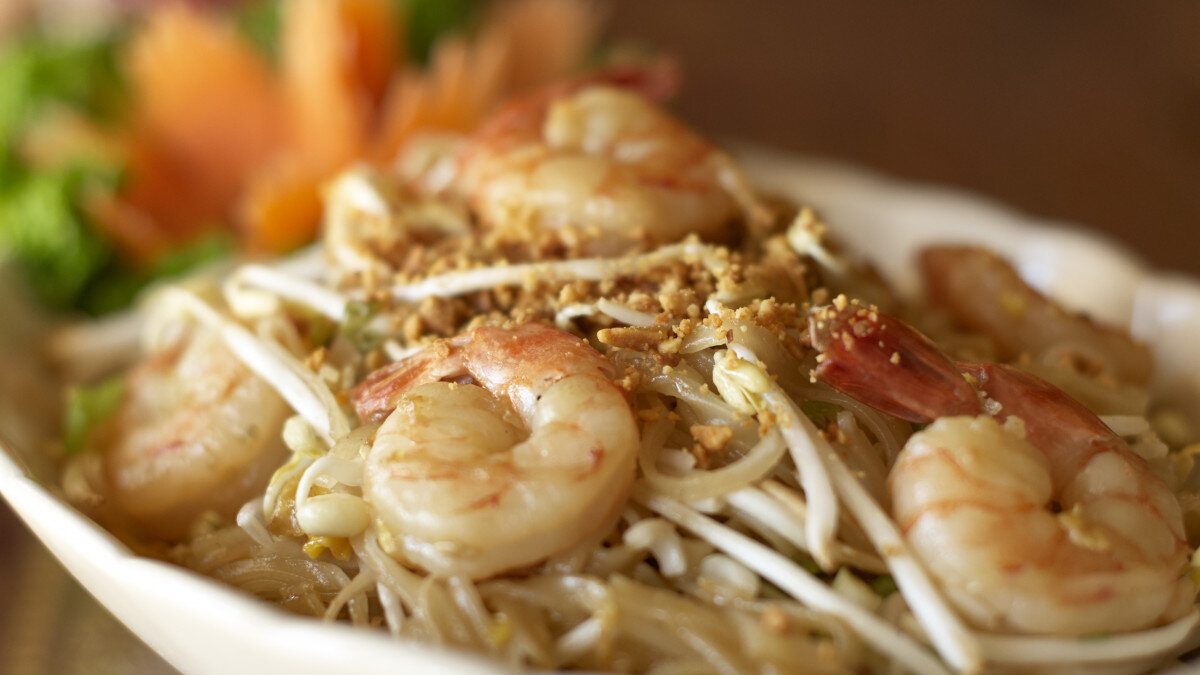An Introduction to Singaporean Food – Morsels of Happiness!
Singapore’s culinary landscape is a dynamic fusion, harmonizing Chinese, Malay, Indian, and Peranakan influences. Reflecting its role as a cultural crossroads, this amalgamation births an array of flavors and dishes, rendering Singaporean cuisine uniquely diverse and utterly delectable.
Img via flickr
Cultural Influences
In Singapore’s bustling hawker centres and eateries, a symphony of cultures converge to tantalize taste buds. With savoury Chinese delicacies, aromatic Indian spices, and the flavorful fusions of Malay and Peranakan cuisines, each dish mirrors Singapore’s vibrant multicultural tapestry.
Hawker Centres and Restaurants
Discover the essence of Singaporean cuisine at its vibrant hawker centres, where an array of affordable delights awaits. For a more upscale dining affair, explore the culinary gems nestled in City Hall restaurants in Singapore. From local delicacies to international flavours, these eateries offer a delightful gastronomic journey. Complete your experience with a stay at a hotel like Grand Park City Hall, and dine in a modern European Tablescape Restaurant & Bar, where comfort meets culinary excellence.
Noodles, Rice, and Seafood
Singaporean cuisine is a delightful fusion of noodles, rice, and seafood, showcasing the nation’s culinary diversity. Hainanese Chicken Rice pairs succulent chicken with fragrant rice, while Chili Crab tantalizes with its spicy flavours. Char Kway Teow offers the comforting taste of stir-fried noodles, completing the trifecta of Singaporean culinary excellence.
Fruits
Embark on a journey through Singapore’s tropical delights and uncover the sweetness of its exotic fruits. Delight in the bold flavour of the renowned “king of fruits,” Durian, complemented by the sweet and juicy profiles of mangosteen, lychee, and rambutan.
Spices
Essential ingredients such as shrimp paste, lemongrass, and chilis are pivotal in Singaporean cuisine, infusing each dish with distinct flavours and aromas. This carefully curated blend of spices not only enhances the complexity of local recipes but also reflects the rich historical tapestry of Singapore.
Related posts
Archives
Categories
- Appetizers (54)
- Arab (50)
- Bars (61)
- Burmese (6)
- Café (46)
- Casual Dining (83)
- Chinese (37)
- Coffee House (43)
- Desserts (73)
- Destination Dining (448)
- Diner (64)
- Family Restaurants (123)
- Fast Food (111)
- Fine Dining (571)
- Food Facts (283)
- Healthy Food (164)
- Hong Kong (10)
- Indonesian (15)
- Italian (4)
- Japanese (18)
- Main Dishes (100)
- Maldivian (87)
- Miscellaneous (10)
- Miscellaneous Topics (402)
- Palate (81)
- Recipes (143)
- Restaurants (262)
- Sea Food (145)
- Singaporean (39)
- Sri Lankan (71)
- Steaks & Grill (98)
- Street Food Stalls (185)
- Thai (99)
- Types of Cuisines (179)
- Vegan (72)
- Vegetarian (18)
- Vegeterian (48)
- Vietnamese (22)
- Western (12)


